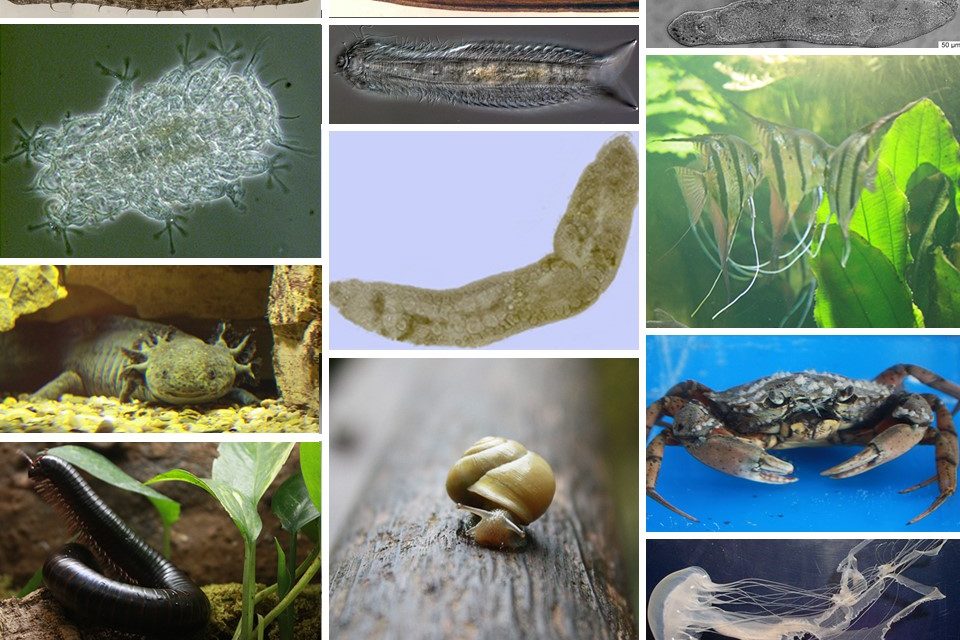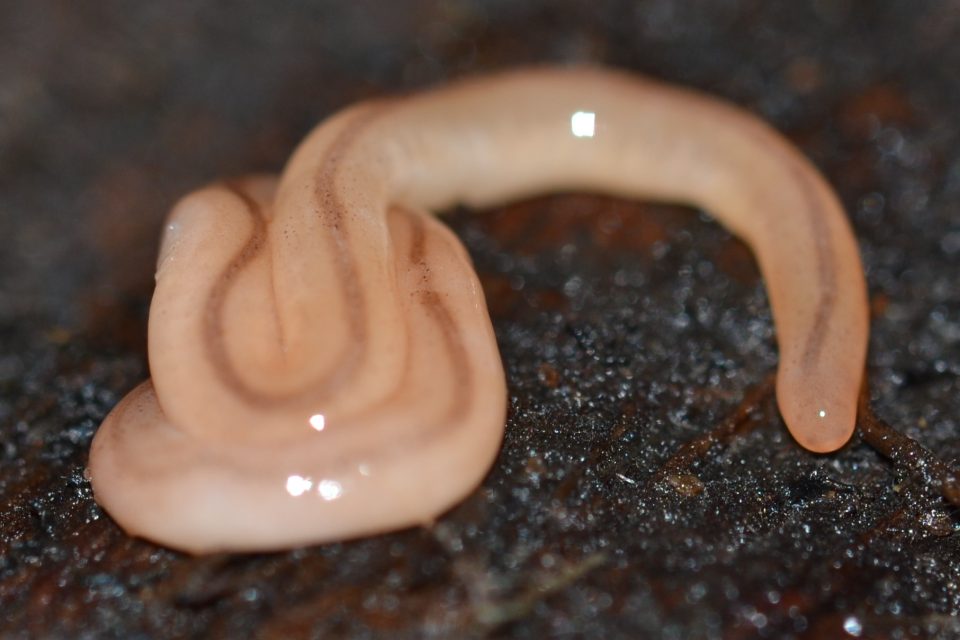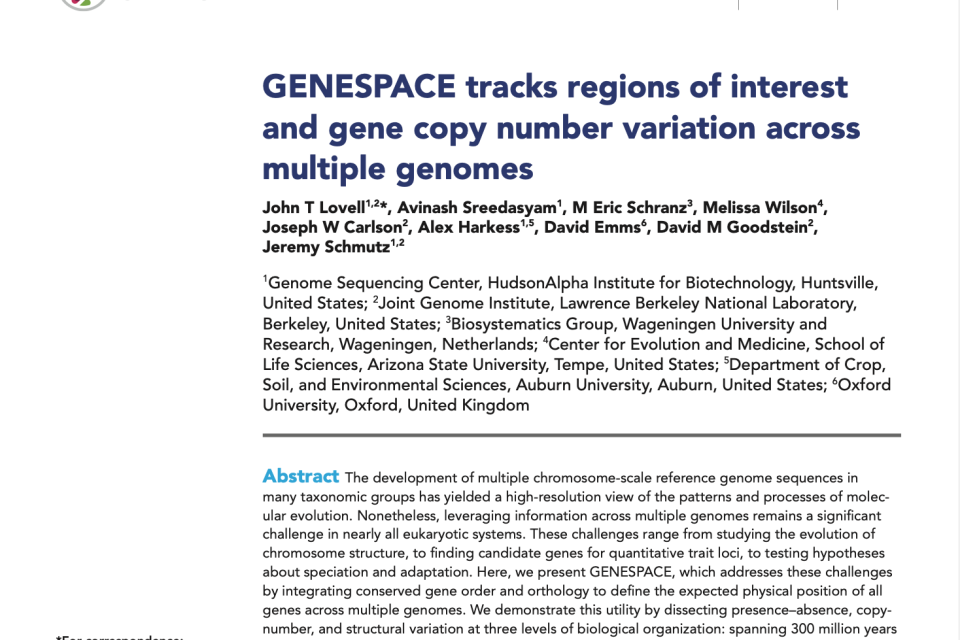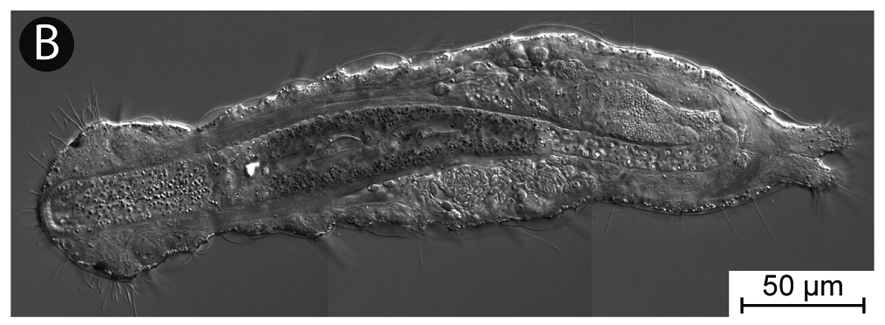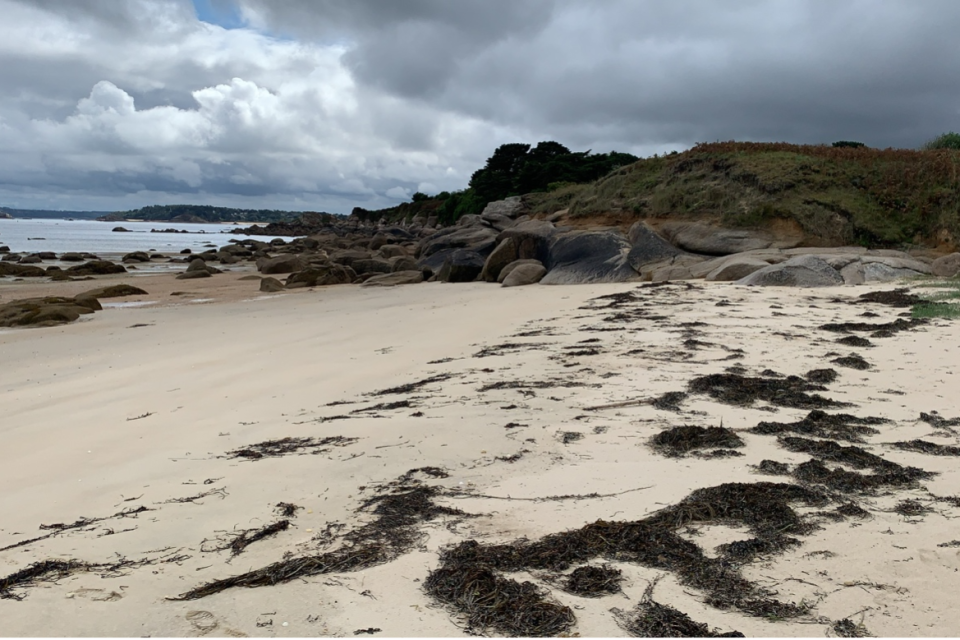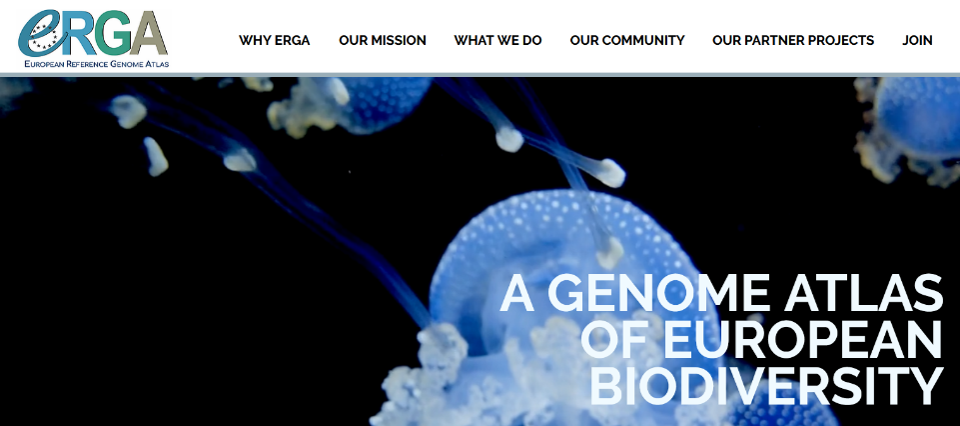
The mitochondrial gene order of Annelida – extremely old, but still working
Mitochondria are the energy plant of our cells. Originally, they were bacteria, but then they were captured by the ancestors of eukaryotes (among others all animals, mushrooms and plants) and used to produce energy for the cell. This is also known as the endosymbiotic theory. An inheritance from […]

